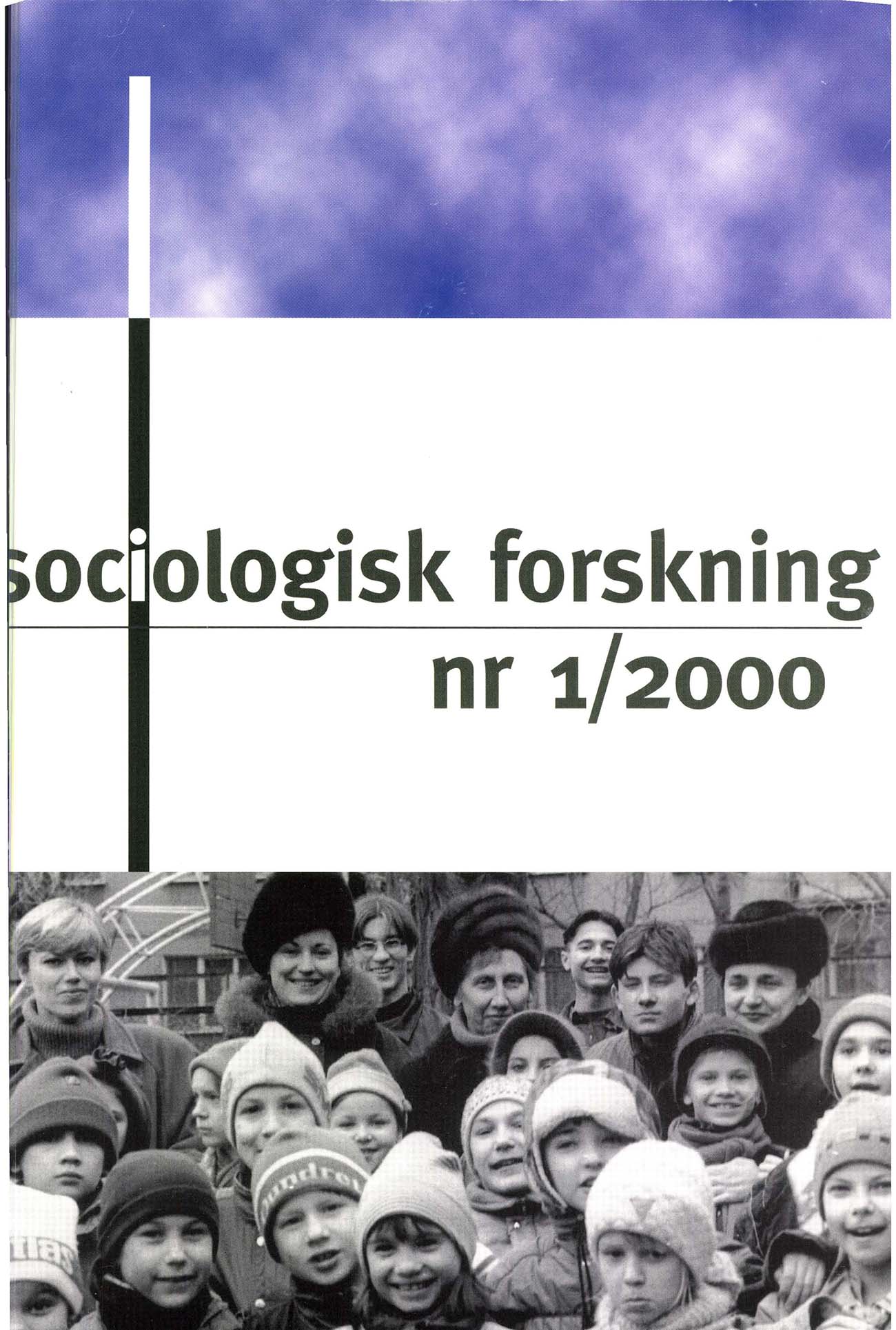Fattigdom i Ryssland: kontinuitet og endring
DOI:
https://doi.org/10.37062/sf.37.19468Nyckelord:
Russia, poverty, economic reform, living conditionsAbstract
Poverty in Russia: Continuity and Change
This article examines the relationship between economic reforms in Russia and the observed levels of poverty in the population. A review of poverty levels in the USSR reveals that the USSR had a significant poverty problem. Further, the article reviews the changes in poverty assessment methods during reform, and its consequences for estimates of poverty levels, which currently vary between 10 and 50 percent of the population. Russian poverty is seen as different from usual Western patterns, as neither employment nor education is sufficient to protect from poverty. Survey data reveal that whereas the numberof destitute may be relatively limited, more than half of all households have difficulties covering needs of a higher order. In a separate section, the disappearance of non-market personal networks as a source of consumer goods as a consequence of reform is discussed. Thereafter, the impact on poverty levels of the financial crisis in August 1998 is discussed. Social polices are seen as relatively inefficient due to their scope, which goes beyond poverty relief, but aims to shelter the population from adverse effects of the reform policies.
Downloads
Publicerad
Referera så här
Nummer
Sektion
Licens
Allt material i Sociologisk Forskning publiceras med omedelbar öppen tillgång (open access), under Creative Commons-licensen CC BY-NC-ND 4.0.
Allt innehåll i tidskriften är fritt tillgängligt utan kostnad och får för icke-kommersiella syften fritt läsas, laddas ned, kopieras, delas, skrivas ut och länkas. Innehållet får dock inte ändras. När innehållet används måste författare och källa anges. Upphovsrätten till innehållet tillhör respektive författare. Inga publiceringsavgifter tas ut.





